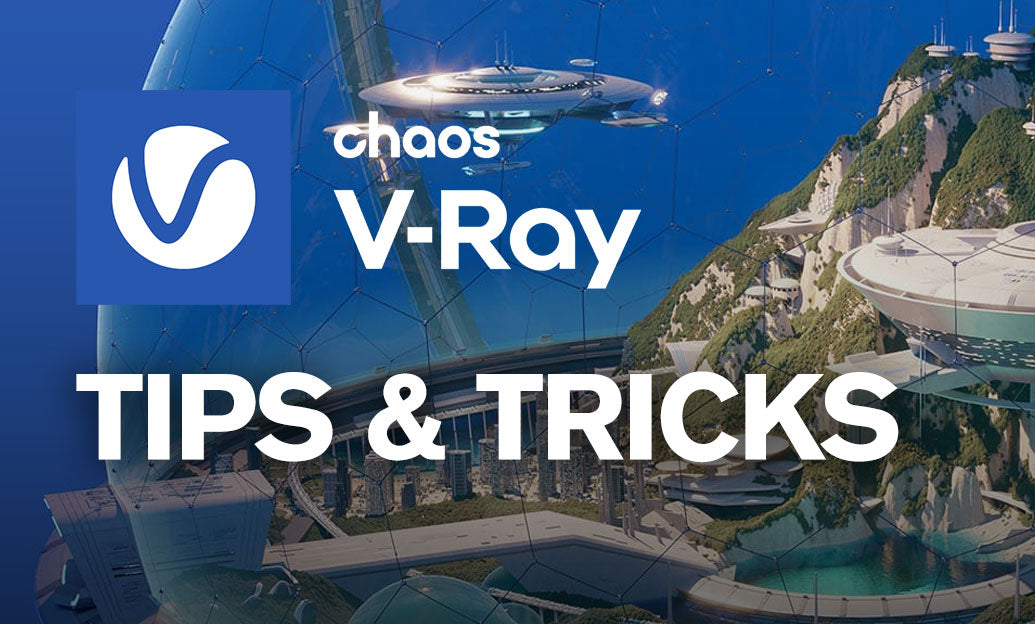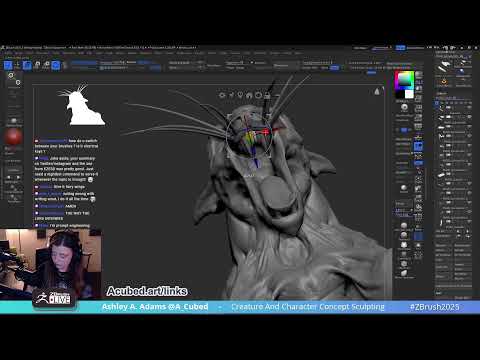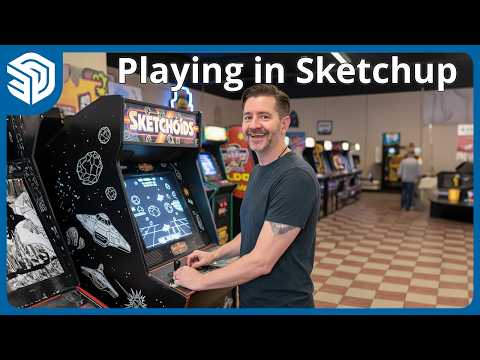Your Cart is Empty
Quick, production-ready guidelines to make wood read as convincingly real in V-Ray—without bloating render times.
- Start with the right shader: Use VRayMtl or V-Ray Physical Material in Roughness/Metalness mode (metalness = 0 for wood). If you prefer the legacy glossiness workflow, enable “Use glossiness” and remember it’s the inverse of roughness.
- Load maps with correct color space: Albedo/Base Color = sRGB. Roughness, Glossiness, Normal, Bump, and Displacement = Raw/Linear. This avoids over-shiny or muddy results. VRayBitmap handles this cleanly; it’s efficient and highly recommended.
- Roughness drives believability: Real wood rarely has uniform gloss. Use a high-quality roughness map and add a subtle mid-frequency noise to break repetition. Typical bare wood roughness lands around 0.4–0.7; polished surfaces 0.15–0.35. For glossiness workflows, invert those values.
- Normal vs. bump vs. displacement: Use a normal map for pore direction and fine grain details; add a low-amplitude bump (0.05–0.2) for micro-sparkle. Reserve displacement for deep grooves or carved details (set a small edge length and clamp displacement to prevent popping). Keep physical scale consistent (mm for bump/displacement).
- Varnish/clearcoat realism: Leverage the Coat layer in VRayMtl for finished wood. Set Coat Amount 0.3–0.6, Coat IOR ~1.45–1.55, and a separate Coat Roughness map (generally slightly lower than base roughness). If you have brushed finishes, consider mild anisotropy with the coat.
- Align grain and anisotropy: Wood is directionally reflective. Align UVs with the grain; for glossy finishes, use light anisotropy aligned to the grain direction. Ensure the anisotropy rotation maps follow the wood flow across planks.
- Kill tiling and repetition: Use VRayUVWRandomizer (per-object random rotation/offset/UV scale) and VRayTriplanarTex for seamless mapping on complex forms. Add slight hue/saturation/value jitter to albedo for believable board-to-board variation.
- Edge realism without modeling: Add VRayEdgesTex (Rounded Corners) in the bump slot at 0.3–1.0 mm to catch highlights on sharp edges. It’s a fast win for cabinetry and furniture.
- Physically plausible reflectance: Keep wood as a dielectric (metalness = 0). Set Reflection Color to white (or close) and let roughness control intensity; alternatively, set IOR ~1.5. Avoid over-dark albedos—stay within PBR safety (no albedo darker than ~30–40 sRGB for most woods).
- Filter smartly to control moiré: With VRayBitmap, keep filtering enabled and set a modest blur (e.g., 0.01–0.2 depending on texture resolution). For distance shots, downscale textures to reduce shimmer and memory.
- Light and verify in the VFB: Test under a neutral HDRI and a key area light. Use VFB ACES or Filmic LUTs for stable highlight rolloff. Inspect highlights at grazing angles; adjust coat/roughness until the wood feels tactile, not plastic.
- Performance checklist: Prefer VRayBitmap over legacy loaders, keep textures in .tx or .exr where possible, disable displacement while look-deving, and use Render Regions or IPR. Consolidate planks with VRayProxy instances for large floors.
Need V-Ray, Chaos asset libraries, or upgrade guidance? Explore curated options at NOVEDGE, or browse Chaos/V-Ray solutions at NOVEDGE’s Chaos collection. For purchasing advice and licensing questions, the NOVEDGE team is a great resource.






